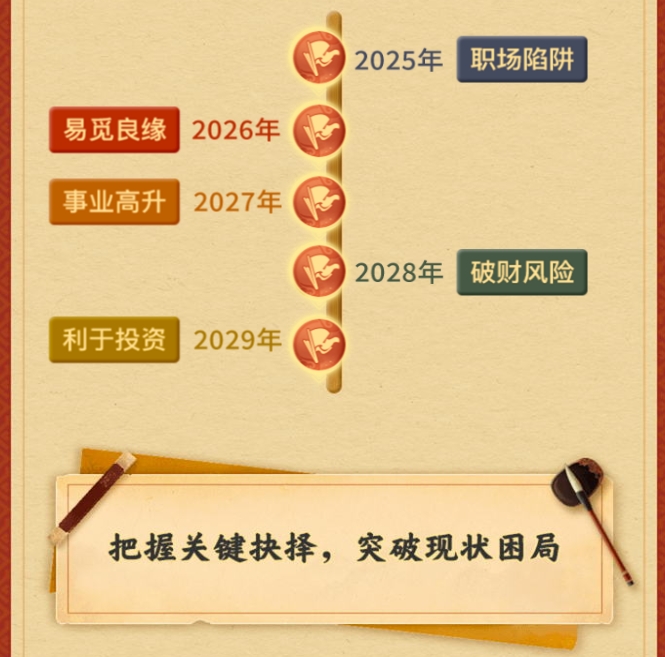March 30 in English: The Complete Guide to Date Formats and Pronunciation
When it comes to writing dates in English, March 30 often causes confusion for non-native speakers. This specific date sits in that tricky transitional period between spring's arrival and winter's departure, making it particularly memorable in many cultures. The way we write and say this date varies significantly between American and British English, with each tradition having its own logical system that developed over centuries of linguistic evolution.
In the United States, March 30 would typically be written as 3/30/2025 in numerical form. This month-first approach stems from how Americans naturally speak dates aloud we say "March thirtieth" rather than "the thirtieth of March." The American format follows a logical progression from smallest to largest unit (month-day-year), which some find easier for sorting and organizing purposes. When writing it out fully, Americans would use:
Americans pronounce this date as "March thirtieth" or "March thirty" in casual speech. The ordinal number ("thirtieth") is preferred in formal contexts, while the cardinal number ("thirty") appears more in everyday conversation. Regional accents may slightly alter the pronunciation for example, in Boston you might hear "March thirtieth" with a dropped "r" sound, while in Texas the "March" might be drawn out longer.
British English flips the American format, writing March 30 as 30/3/2025. This day-first system matches how British speakers verbalize dates they say "the thirtieth of March" rather than "March thirtieth." This format actually makes mathematical sense when read left-to-right, as it progresses from smallest to largest time unit (day-month-year). Common British variations include:
The standard pronunciation in the UK is "the thirtieth of March". Unlike Americans, British speakers almost always include the "of" when saying dates aloud. In Scotland, you might hear a slight roll on the "r" in "March," while in London the "th" in "thirtieth" might be less pronounced. The British pronunciation maintains clearer distinction between the day and month compared to the American version.
Beyond the US and UK systems, international organizations often use the ISO 8601 standard which formats March 30 as 2025-03-30. This year-month-day arrangement eliminates ambiguity in global communications. The military and some technical fields use this format exclusively, pronouncing it "twenty twenty-five March thirty". Key features of this system include:

March 30 occupies an interesting position in the calendar, being one of only seven dates that can fall on any day of the week in different years. In 2025, March 30 falls on a Sunday. This date typically marks:
Many English learners mix up the American and British formats when writing March 30. Writing 3/30 could mean March 30 in the US but March 3 in some countries that use day-month format. Other frequent errors include:
Several significant historical events occurred on March 30, giving this date special meaning in various contexts. In 1981, President Reagan was shot on March 30. The date also marks the 1856 end of the Crimean War with the Treaty of Paris. Other notable March 30 events include:
This spring date appears in numerous literary works and cultural references. Shakespeare's "The Merry Wives of Windsor" mentions March dates frequently. In modern culture, March 30 serves as:
In contracts and official documents, March 30 should be written out completely as "March thirtieth, two thousand twenty-five" to prevent any ambiguity. Legal professionals recommend:
Most style guides have specific rules for writing March 30 in academic papers. The Modern Language Association (MLA) prefers "30 March 2025" without commas. The Chicago Manual of Style accepts both "March 30, 2025" and "30 March 2025." Key considerations include:

Computer systems handle March 30 differently across platforms. Unix timestamps measure seconds since January 1, 1970, so March 30, 2025 will have a specific numerical value. Programming languages offer various functions to format this date, such as:
To help remember how to write and say March 30 correctly, consider these memory aids. For the American format, think "M comes before D in the alphabet" (Month before Day). For British format, recall that "the date comes first in conversation." Other helpful tricks include:
While we've covered the main US/UK differences, other English-speaking regions have their own quirks with March 30. Canadians typically use both formats depending on French/English context. Australians generally follow British conventions but sometimes mix formats. Interesting regional variations include:
The word "March" comes from Mars, the Roman god of war, as this was when military campaigns resumed after winter. "Thirty" derives from Old English "þrītig," related to "three" times ten. The "-th" suffix in "thirtieth" comes from Old English "-tha." Interesting linguistic connections include:
March 30 has several interesting numerical properties. The number 330 is divisible by 2, 3, 5, 6, 10, 11, 15, 22, 30, 33, 55, 66, 110, and 165. In binary, 330 is 101001010. Other mathematical aspects of this date include:

While we've focused on the Gregorian calendar, March 30 appears differently in other systems. In the Julian calendar, March 30 corresponds to April 12 in the 20th-21st centuries. The Islamic Hijri calendar, being lunar, has March 30 aligning with different dates each year. Other calendar representations include:
Many English learners struggle with saying "March thirtieth" correctly. Common pronunciation errors include saying "Mars" instead of "March," or "thirdy" instead of "thirty." The "th" sound in "thirtieth" proves particularly challenging for speakers from languages without this sound. Tips for improvement include:
Several popular songs reference March dates, though specific March 30 mentions are rare. The Beatles' "She's Leaving Home" begins "Wednesday morning at five o'clock," which in 1967 was March 30. Other musical connections to this date include:
Looking ahead, March 30 will fall on these days of the week in coming years: Monday in 2026, Tuesday in 2027, Thursday in 2028 (leap year), Friday in 2029, and Saturday in 2030. This predictable seven-year cycle repeats every 28 years, with exceptions for century years not divisible by 400. Upcoming notable March 30 dates include: